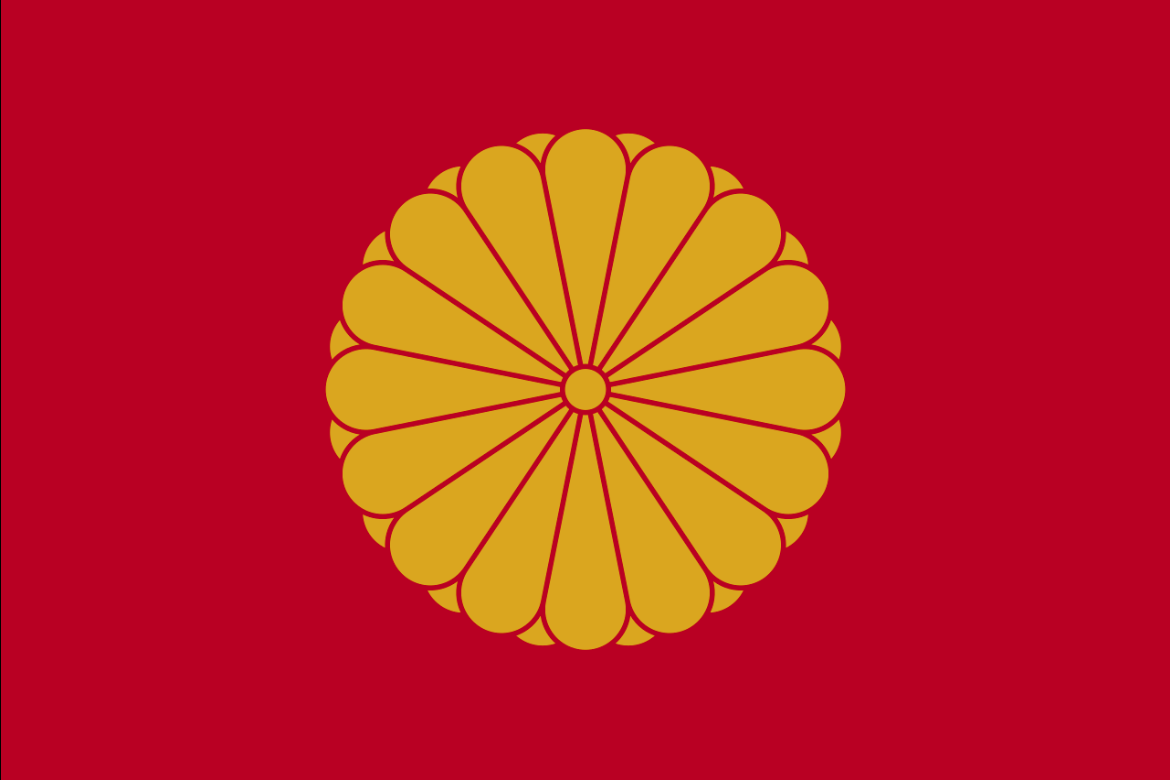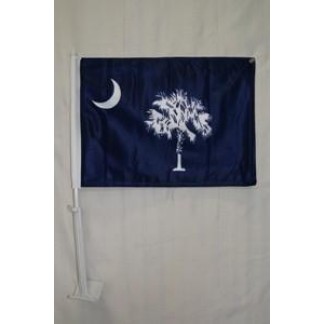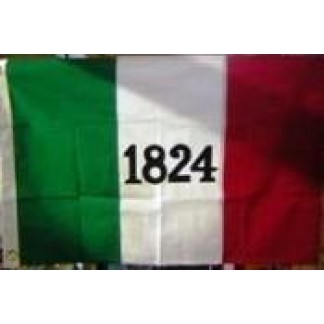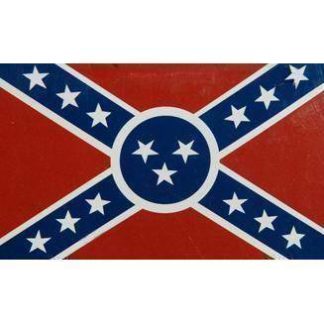

Imperial Japanese Flag
Size: 3 x 5 ft
Material: Polyester
This is the Imperial Japan Flag.
The emblem on this flag, symbolizing the Emperor and his lineage, dates back to the late 19th century. The motif, depicting a chrysanthemum, has long been associated with the Emperor, while the golden color represents his affluence.
Standard Quality – Super-weave polyester
- Our most popular quality level
- 100% synthetic waterproof material
- Designs are through-dyes and visible on both sides
- Bright, fade-resistant dye
- Double stitched edges all around
- Reinforced grommet holes with metal rings
- Attaches easily to any flag pole
- Fair weather outdoor display
- Excellent for events, indoor display and theatrical use
- Seasonal decoration, home use
- Demonstrations, protests, parades
The Imperial Japanese Flag: A Symbol Through Time
 Exploring the history and significance of the Japanese Imperial Flag
Exploring the history and significance of the Japanese Imperial Flag
Origins of the Imperial Japanese Flag
The Imperial Japanese Flag, a banner steeped in history, originates from the Land of the Rising Sun – Japan. This flag has served as a symbol of the Japanese Emperor and the nation’s rich heritage. The earliest known use of this flag dates back to the Meiji period, where it was adopted to represent the Japanese Empire. It is intricately linked to the Yamato dynasty, the oldest continuous hereditary monarchy in the world.
Where did the Japanese Imperial Flag get it’s Design and Symbolism?
The design of the Imperial Japanese Flag is both simple and profound. The flag, predominantly made of polyester for durability, features a red disc – symbolizing the sun – set against a white background. This design reflects the moniker ‘Land of the Rising Sun’. The red color in the Japanese flag holds deep cultural significance, often associated with energy and power. The Imperial Seal of Japan, a chrysanthemum with sixteen petals, is often used in conjunction with the flag, symbolizing the Imperial family.
The Japan Imperial Flag Usage in History
The flag has seen various adaptations over time. The Imperial Japanese Army and the Imperial Japanese Navy each had their unique ensigns. The army’s flag bore the sun with rays, while the navy’s version was known for its off-center sun. These flags were not just symbols of the state but also represented the might of the Japanese military during the era of the Empire of Japan.
The Imperial Japan Flag in Modern Times
Today, the Imperial Japanese Flag is a subject of fascination and historical interest. Flagmakers like Ultimate Flags continue to produce these flags, often for educational and commemorative purposes. While its use is less prominent now, the flag still appears at certain cultural and state events, maintaining its connection to Japan’s imperial past. It’s a reminder of Japan’s journey through history and the enduring legacy of the Japanese Emperor.
Imperial Japanese Flag Facts and Q&A
- Fact: The Imperial Japanese Flag was officially adopted in the late 19th century, during the Meiji period.
- Fact: The chrysanthemum on the Imperial Seal of Japan is a symbol unique to the Imperial family and is often associated with longevity and rejuvenation.
- Question: Are there restrictions on the use of the Imperial Japanese Flag today?
Answer: Yes, its use is regulated and primarily limited to specific cultural and state events, due to its historical connotations.
1. What is the Imperial Japanese Flag?
The Imperial Japanese Flag, often known as the ‘Rising Sun Flag’, is a historical Japanese flag featuring a red sun on a white background, used to represent the Emperor and the nation.
2. When was the Imperial Japanese Flag first used?
The flag was first used in the 19th century, during the Meiji period, as a symbol of the Japanese Empire and the Emperor.
3. What does the red color on the flag symbolize?
The red color in the Japanese flag symbolizes strength, energy, and the sun, aligning with Japan’s identity as the Land of the Rising Sun.
4. Is the Imperial Japanese Flag still used today?
Yes, the flag is still used but in a limited capacity, mainly for historical or cultural events, due to its association with Japan’s imperial past.
5. How is the Imperial Japanese Flag different from Japan’s national flag?
The national flag of Japan, known as the Nisshōki or Hinomaru, features a centered red disc on a white background, while the Imperial flag often includes additional elements like rays emanating from the sun.
6. What is the significance of the sun in the flag’s design?
The sun symbolizes Japan’s nickname as the ‘Land of the Rising Sun’ and is a central element in Japanese culture and identity.
7. Did the Imperial Japanese Navy have a different flag?
Yes, the Imperial Japanese Navy used a variant of the flag with an off-center sun and rays, symbolizing dynamism and progress.
8. What material is commonly used for making these flags?
Modern reproductions of the flag are commonly made of polyester for durability and longevity.
9. Was the flag used during World War II?
Yes, the flag was prominently used during World War II, particularly by the military forces of Imperial Japan.
10. What is the Imperial Seal of Japan and its relation to the flag?
The Imperial Seal of Japan, featuring a chrysanthemum, is often associated with the Imperial family and is used in conjunction with the flag to represent the Emperor.
11. Are there any restrictions on displaying the Imperial Japanese Flag?
Yes, there are restrictions due to its historical connotations, limiting its use to specific cultural and state occasions.
12. How has the perception of the flag changed over time?
The flag’s perception has shifted from a symbol of imperial power to a historical emblem with a complex legacy, often associated with Japan’s past military actions.
13. What is the connection between the flag and the Yamato dynasty?
The flag is closely tied to the Yamato dynasty, the oldest continuous hereditary monarchy, symbolizing the continuity and tradition of the Japanese imperial family.
14. How do flagmakers today approach the creation of the Imperial Japanese Flag?
Flagmakers produce the flag primarily for educational, commemorative, or cultural purposes, respecting its historical significance and the sensitivities surrounding it.
15. What role did the flag play in Japanese nationalism?
The flag was a potent symbol of Japanese nationalism, especially during the late 19th and early 20th centuries, embodying the country’s aspirations and imperial power.
16. Has the design of the flag ever changed?
While the basic elements have remained consistent, variations, especially in military ensigns, have occurred, such as differences in the positioning of the sun and the presence of rays.
17. Is the Imperial Japanese Flag recognized internationally?
Internationally, the flag is recognized as a historical symbol but is also associated with Japan’s imperial and military history, leading to mixed perceptions.
18. What is the historical significance of the flag’s design elements?
The design elements, particularly the sun, have deep roots in Japanese mythology and history, representing the divine status of the Emperor and Japan’s natural beauty.
19. How do Japanese people today view the Imperial Japanese Flag?
Views in Japan vary, with some seeing it as a part of their heritage, while others associate it with militarism and prefer its limited use.
20. What impact did the Imperial Japanese Flag have on Japan’s culture?
The flag has had a significant impact on Japanese culture, influencing art, literature, and national identity, though it also carries the weight of Japan’s historical actions.
21. Are there different versions of the flag for different branches of the military?
Yes, different branches, like the Imperial Japanese Army and Navy, had their own versions, varying mainly in the design of the sun and its rays.
22. What are the dimensions of the Imperial Japanese Flag?
The dimensions of the flag have varied, but a common ratio used is 2:3, similar to many national flags.
23. How is the flag used in educational contexts?
In educational contexts, the flag is used to teach about Japanese history, particularly the Meiji Restoration and World War II, highlighting its historical and cultural significance.
24. Has the flag appeared in international events?
Yes, the flag has appeared in international events, but its use can sometimes be controversial due to its association with Japan’s imperial past.
25. How is the Imperial Japanese Flag preserved and displayed in museums?
Museums display the flag as a historical artifact, often within the context of Japan’s imperial history, providing educational information about its symbolism and usage.
SKU: [woo_sku]
Featured Products
Recently Viewed
You have not viewed any products yet.






